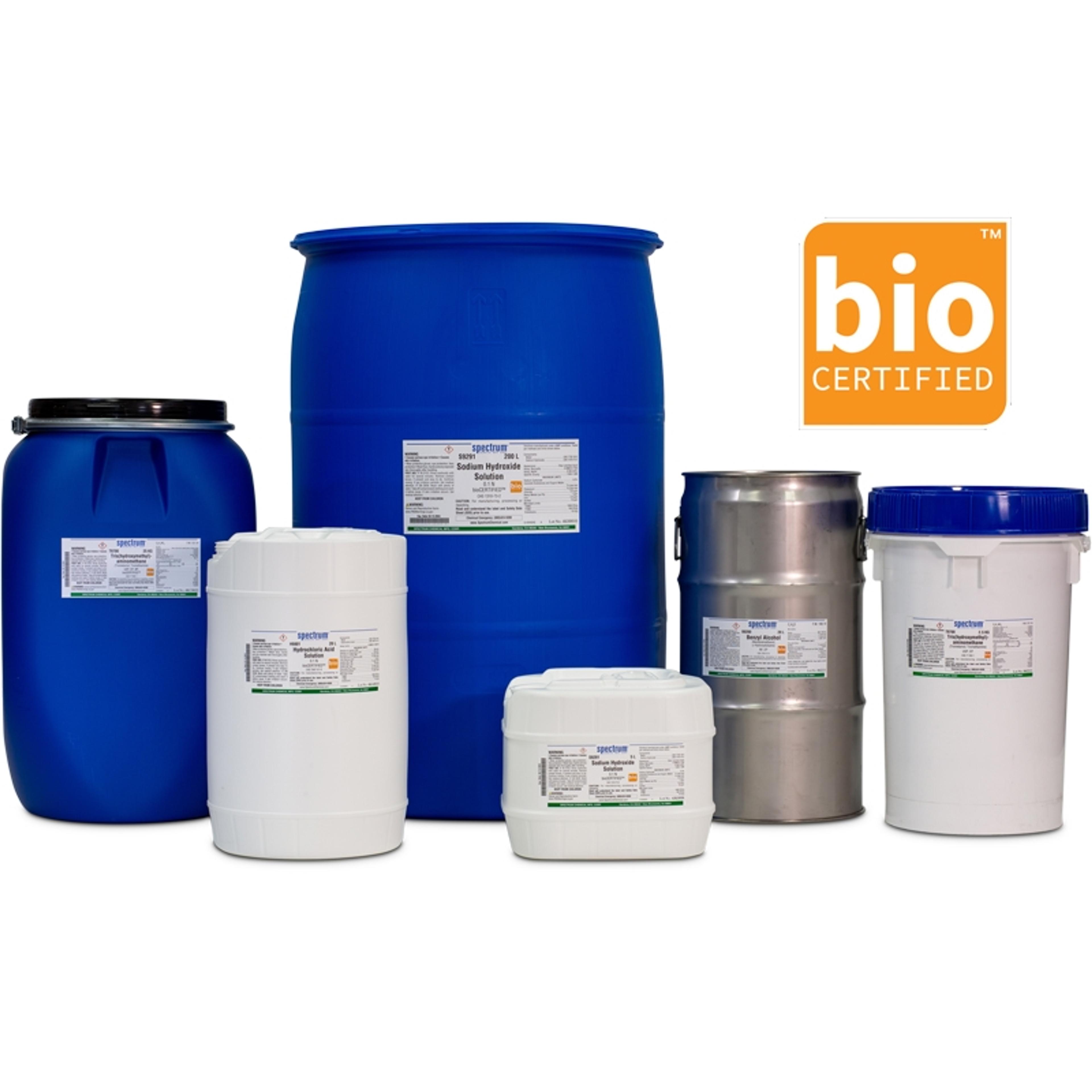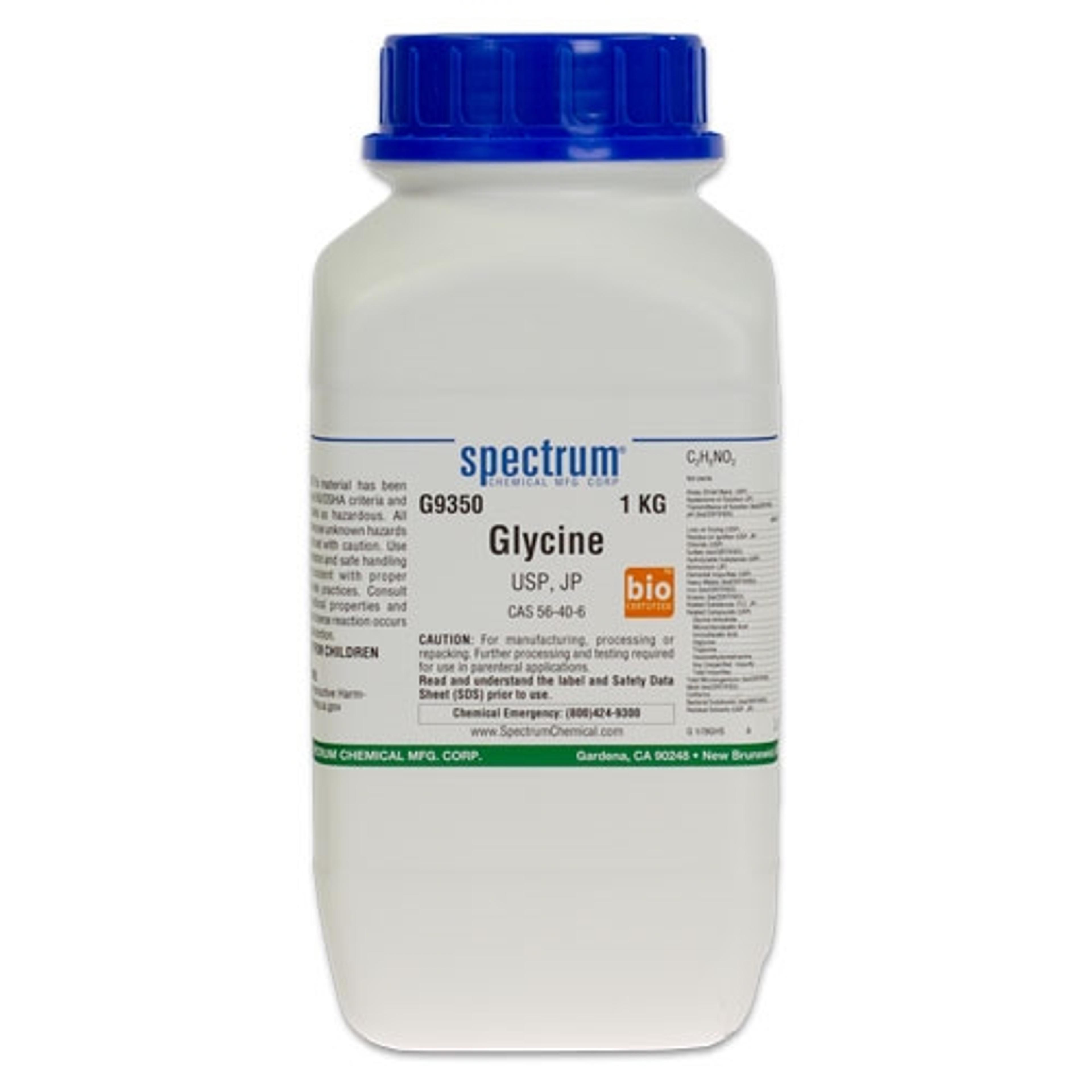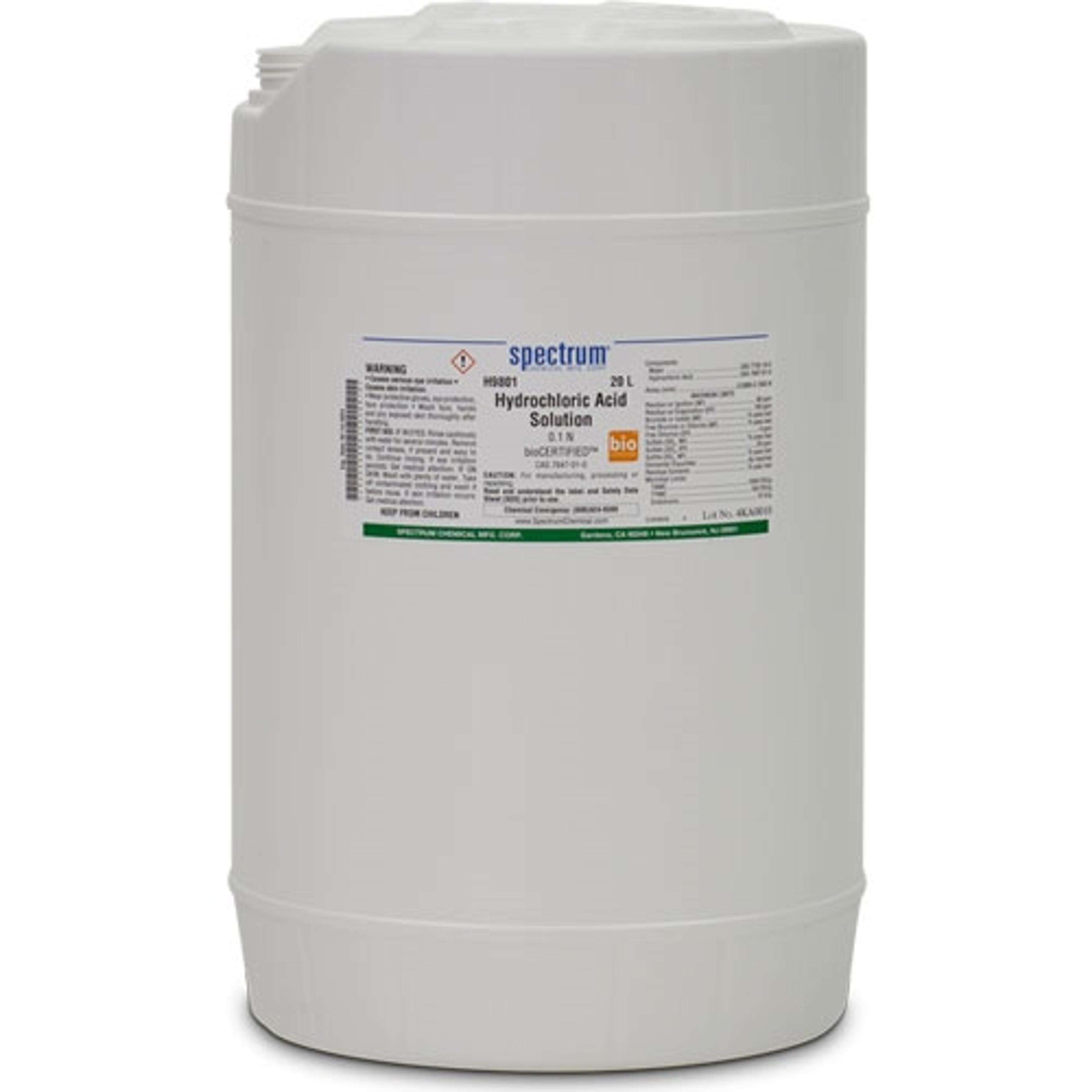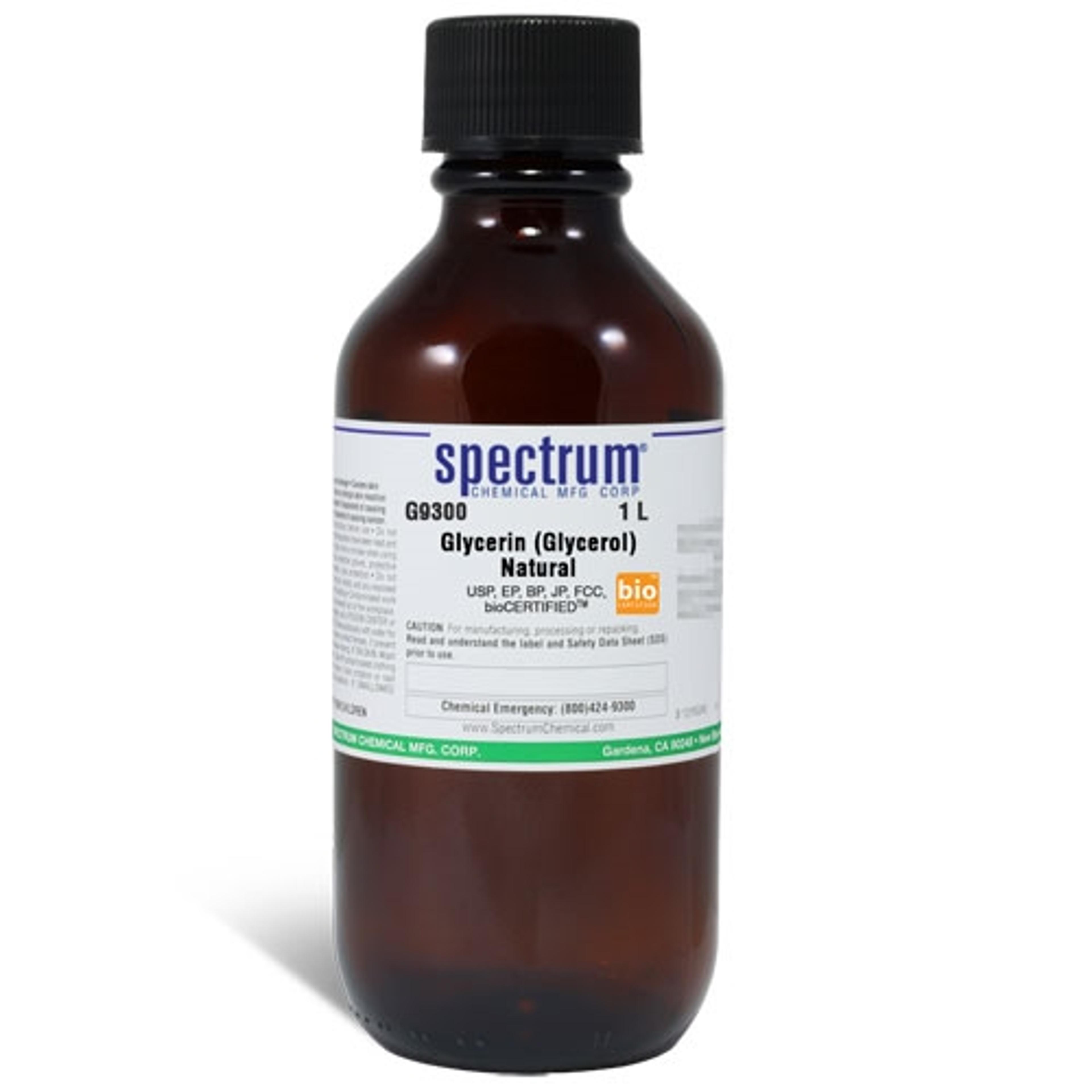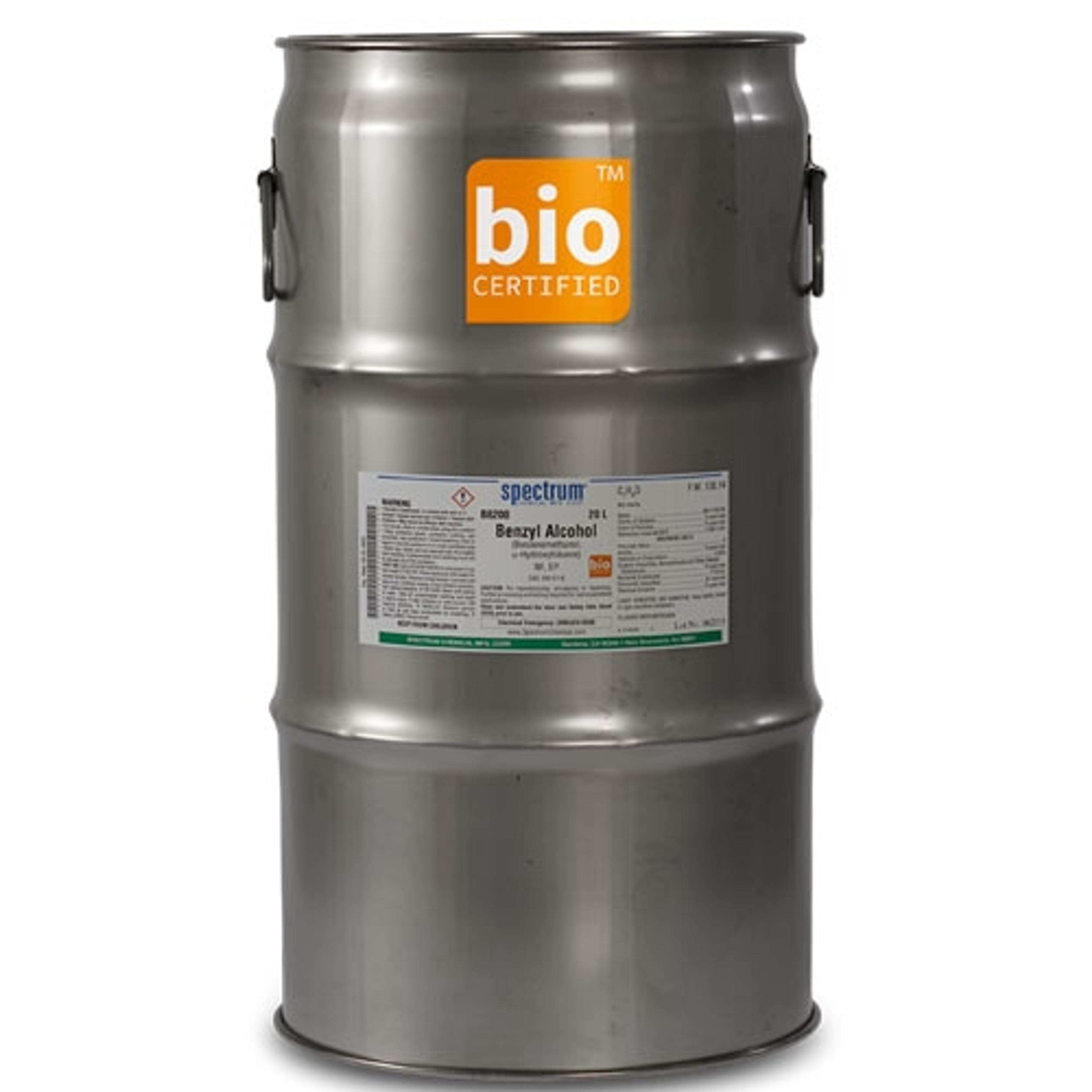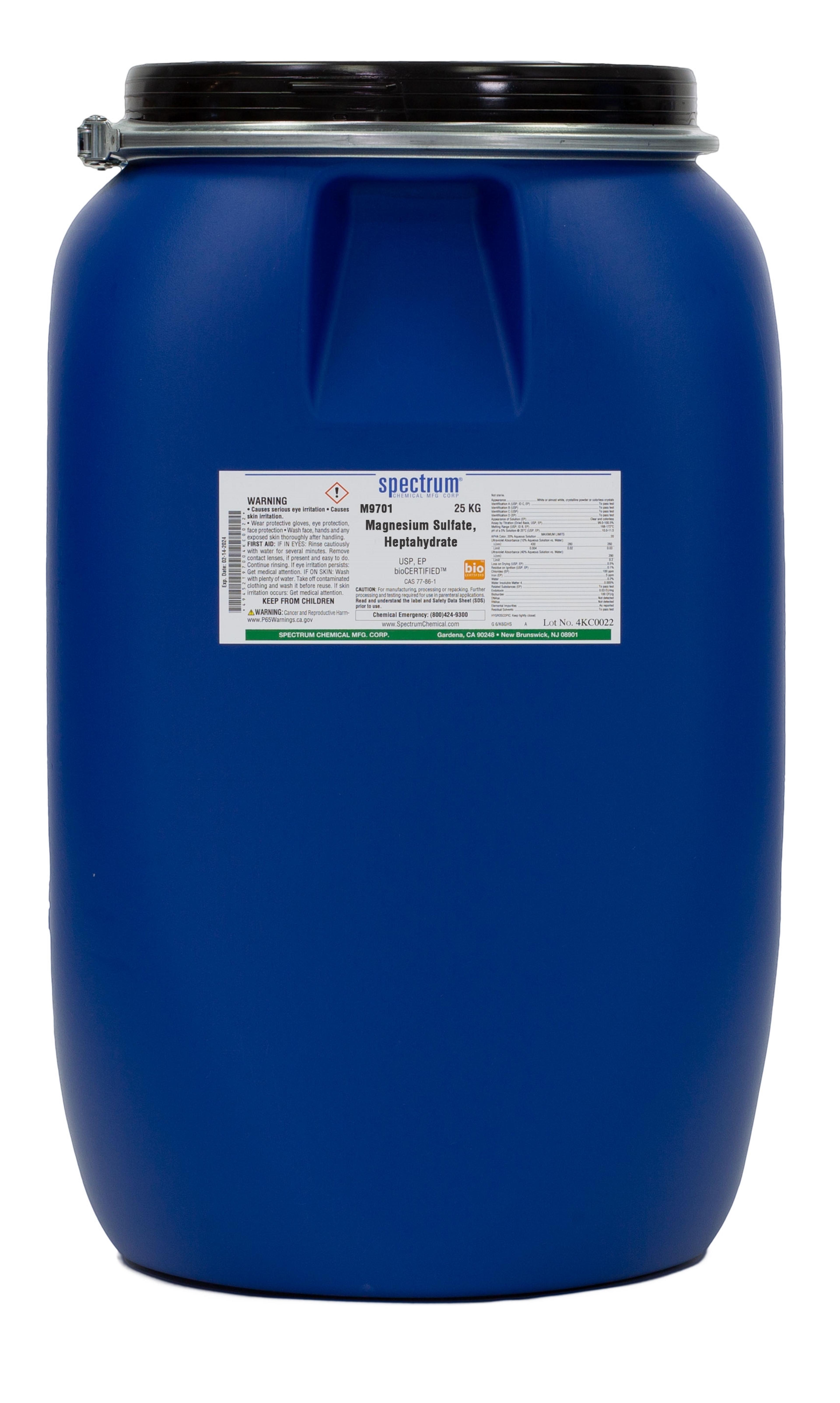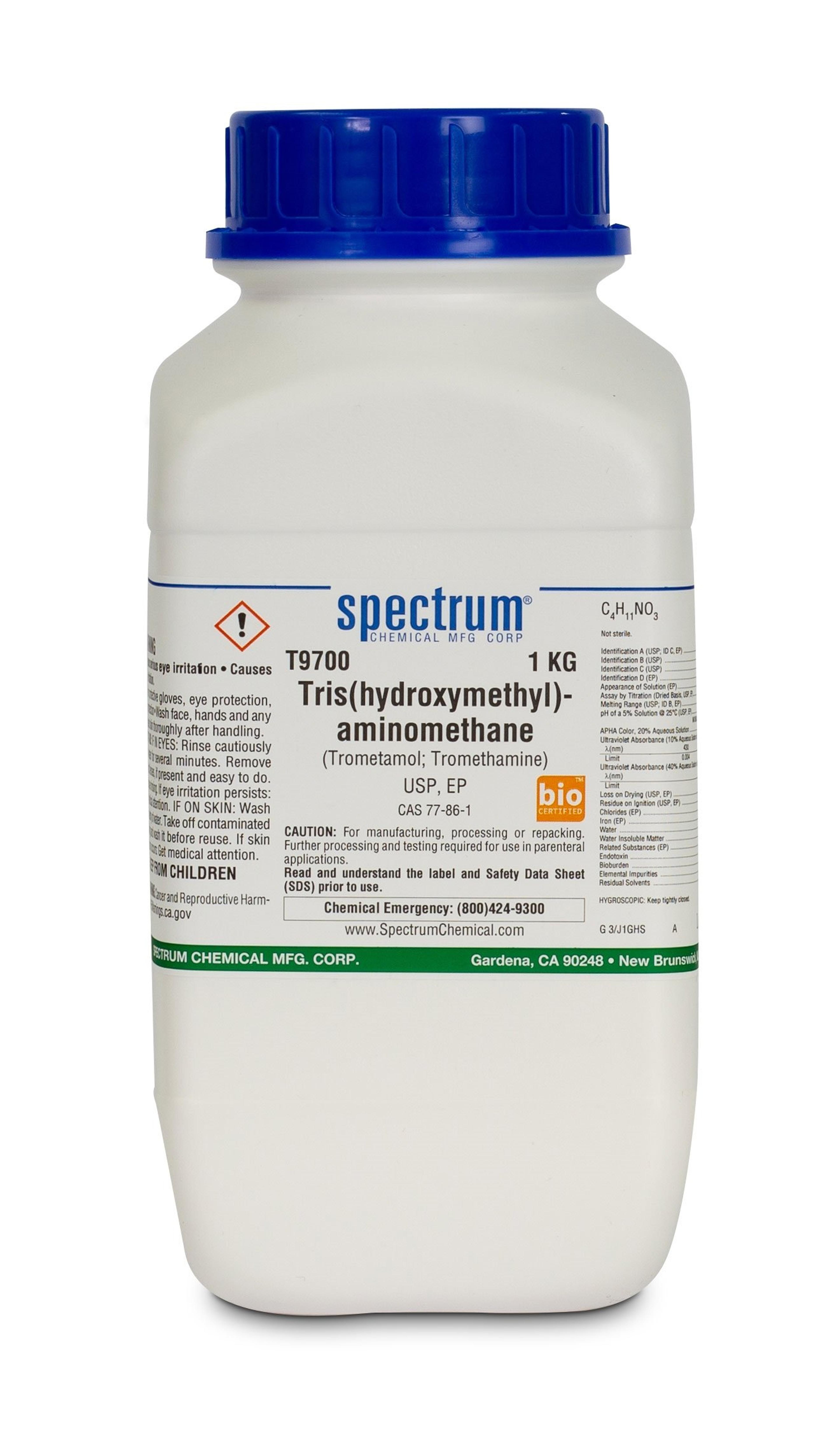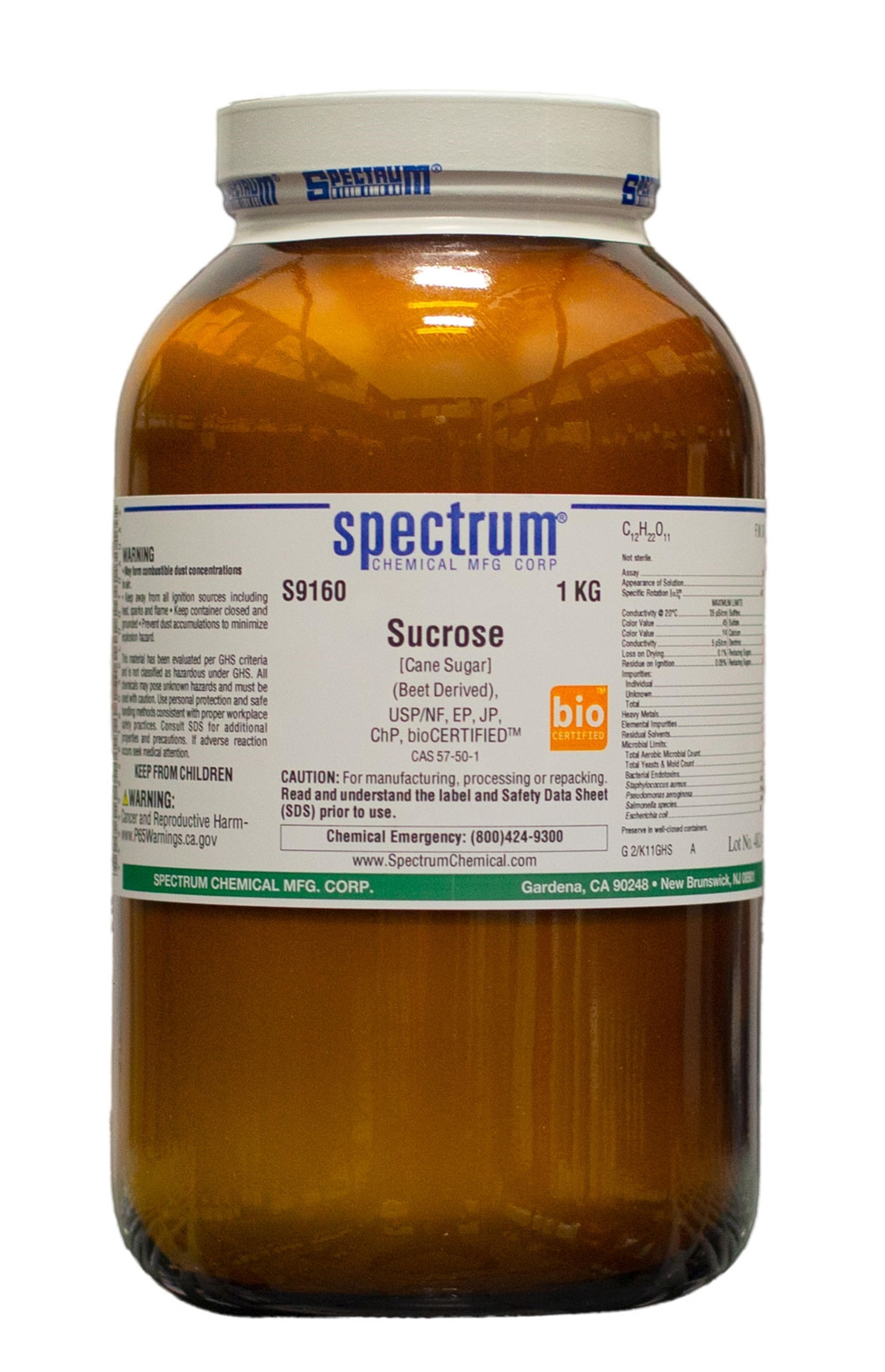How biopharmaceutical manufacturing has changed in the post-pandemic era: Re-analyzing cost benefit vs. quality benefits
Learn how quality management solutions can help ensure regulatory compliance, consistency, and speed in bringing new products to market
1 Sept 2022

Prior to the COVID-19 pandemic, the biopharma industry firmly believed that it took years to design and manufacture a vaccine or a drug. The pandemic – and the accelerated development of COVID vaccines – have forever changed these long-held assumptions.
In this post-pandemic era, researchers and manufacturers are now realizing how many of our standard practices contained redundant steps, and are adopting revised practices that save time, resources, and ultimately increase speed to market. The rigorous analyses required for regulatory compliance are costly and time consuming, but the quality control of raw materials can play a vital role in biopharmaceutical drug discovery, development, and production to reduce costs and speed a drug to market.
In this interview, we highlight how biopharma professionals can speed up drug development timelines while keeping high quality standards. We speak with Vivek Kumar, Ph.D., Biopharma Market Development Manager at Spectrum Chemical Mfg. Corp., to learn more about post-pandemic changes in biopharma supply chain and manufacturing timelines, as well as the company’s bioCERTIFIED™ Quality Management System and products designed to help manufacturers improve biopharmaceutical product speed to market.
The COVID-19 pandemic saw quick responses and fast-paced action by the biopharma industry. Has this transformed the industry forever? Tell us about how you’re approaching things differently now in this post-pandemic period.
VK: During the pandemic, the industry was suddenly challenged trying to supply vaccines to seven billion people. E.g., there was not enough glass or steel to manufacture the syringes and vials necessary. At the same time, when it came to vaccine production, ingredients and materials otherwise available to the entire industry were reserved for COVID-related applications, with suppliers prioritizing distribution on a first-come, first-served basis.
Under these constraints, the industry also learned that they could launch drugs much faster than what was previously considered normal, i.e., about 11 years. Now we could launch drugs from discovery to commercialization in as little as 18 months – which used to be unthinkable!
During the two-year period the biopharma industry has made rather important strides. We quickly found out that a lot of redundancies embedded within conventional practices could be eliminated. It was apparent that instead of creating drugs for more prevalent health conditions, focusing on orphan drugs for the treatment of rare diseases could be more valuable as they can shrink clinical trials from three phases to just one or two phases. These trials will need to be run on very limited population sets rather than on thousands of people recruited globally. As patient populations are very low, phases of the clinical trials can be overlapped or performed in parallel, for example, by combining Phase 1 and Phase 2, Phase 2 and Phase 3, or by performing Phase 2 studies in larger groups[1-3].
While quick turnarounds are important, it’s understood that speed should, in no way, affect quality standards. So, how does the quality of materials play a role in fast-paced biopharma applications?
VK: That’s a good question. The way I see this is that if you're going to shrink timelines, you have to use the best products/ingredients from day one.
In the past, non- good manufacturing practice (GMP) raw materials were used in the early stages for cost and supply reasons. And then as products start entering into later stages and finally, the commercial phase, they are no longer valid. In situations where GMP products aren’t available and time is critical, producers are forced into a waiting game to create GMP conditions, further slowing down drug launches. Therefore, sourcing the right products from the very beginning is more critical now than in the past.
Also, in terms of risk mitigation, the onus of risk is on the biopharma manufacturer. The FDA and other regulatory authorities make it clear that manufacturers need to take care of their risks early on, rather than wait for future regulatory mandates.
Have you noticed any change in working preferences within the biopharma industry in this post-pandemic period compared to two years ago?
VK: High-quality raw materials with proper documentation have become incredibly important to biopharma manufacturers. So much so, that they're no longer questioning the price. And indeed, the price has gone up because the requirements within the industry have changed and timesaving specialized products are now being increasingly requested.
In the past, many of these raw materials used in upstream or downstream bioprocessing were manufactured internally. But now, the thinking has changed. Most manufacturers would much rather have suppliers provide starting materials so their internal resources can be spent on other goals.
How can biopharmaceutical manufacturers improve speed to market and maintain quality? Do they benefit from using Spectrum Chemical’s bioCERTIFIED raw materials?
VK: Previously, raw materials were obtained and tested internally, as dictated by standard, conventional protocols. The rule of thumb was ‘everything that comes in has to be tested’. But that’s where redundancies are introduced. During the pandemic, the industry has demonstrated that some of these steps can be eliminated if bioCERTIFIED products are used. When we revert to old practices to re-test raw materials without taking advantage of new developments, we will end up wasting more time. In biopharma, time is more critical than money, especially when we’re rushing to enter the market.
Another perspective is that of sustainability. Re-testing what’s already tested and certified by suppliers becomes wasteful in the long run.
Using good quality, bioCERTIFIED starting materials saves re-testing time, and quality is maintained across the board, from lot to lot or batch to batch.

How is quality maintained in Spectrum Chemical’s bioCERTIFIED products?
VK: Every bioCERTIFIED product that enters our warehouse is fully tested before it's placed on shelves to be supplied to customers. These tests aren’t only the standard requirements provided by suppliers – we create our own certificate of analysis. For example, we'll perform endotoxin testing, even if it’s not on the list. Because we test every single lot, there's peace of mind for our customers. They can rest assured that we have done the due diligence.
Our bioCERTIFIED quality management system isn’t only about the quality of products… it also extends to the logistics side of our business. We ensure products arrive on time to customers as promised. In many other big companies, transportation is a major bottleneck – shipments can be missed, trucks can come in late, and so on. Spectrum Chemical manages logistics very efficiently, while also providing customers with a range of packaging size options to meet their needs.
Additionally, we consider troubleshooting, too, as part of our quality management system. While other companies take months to resolve issues, we’re able to offer a resolution within 30 days.
Can you share a few examples of industries that are using bioCERTIFIED products?
VK: Our bioCERTIFIED products are created for both upstream and downstream bioprocessing applications but are certainly being used in diverse industries. For example, many of our bioCERTIFIED buffers are used by diagnostic companies to create their own test kits. Also, 503B outsourcing facilities and 503A compounding pharmacies that provide sterile compounding services, are seeing tremendous value in the bioCERTIFIED offerings. Compounding labs that formulate drugs are also seeing benefits from using bioCERTIFIED materials. In addition, we’re also seeing applications within the cannabidiol (CBD) industry.
Change can sometimes be met with resistance. What would you say to someone who is still hesitant about using bioCERTIFIED raw materials?
VK: Each time our team interacts with customers using bioCERTIFIED products, we’ve almost always received a positive reaction. We’re all creatures of habit – and the same is true for those of us in the biopharma industry. Even if non-GMP products have been used for a while, we can all agree that quality is of utmost importance. When it comes to the quality of raw materials, suppliers can uphold quality standards better than manufacturers as it may not be feasible to spend internal resources on testing every single ingredient or product. Using good quality starting materials can save time and money, and ultimately help speed a drug to market.
References:
U.S. food & Drug Administration. FDA's Drug Review Process: Continued. [Online]. 2015. [Accessed 31 August 2022]. Available from: https://www.fda.gov/drugs/information-consumers-and-patients-drugs/fdas-drug-review-process-continued
Srivastava, G, Winslow, A. Orphan Drugs: Understanding the FD Orphan Drugs: Understanding the FDA Approval Process. Academic Entrepreneurship for Medical and Health Scientists. 2019, 1(3), 1-13.
Agrawal, G, Hermann, R, Møller, M, Poetes, R, Steinmann, M. Fast-forward: Will the speed of COVID-19 vaccine development reset industry norms? [Online]. 2021. [Accessed 31 August 2022]. Available from: https://www.mckinsey.com/industries/life-sciences/our-insights/fast-forward-will-the-speed-of-covid-19-vaccine-development-reset-industry-norms

